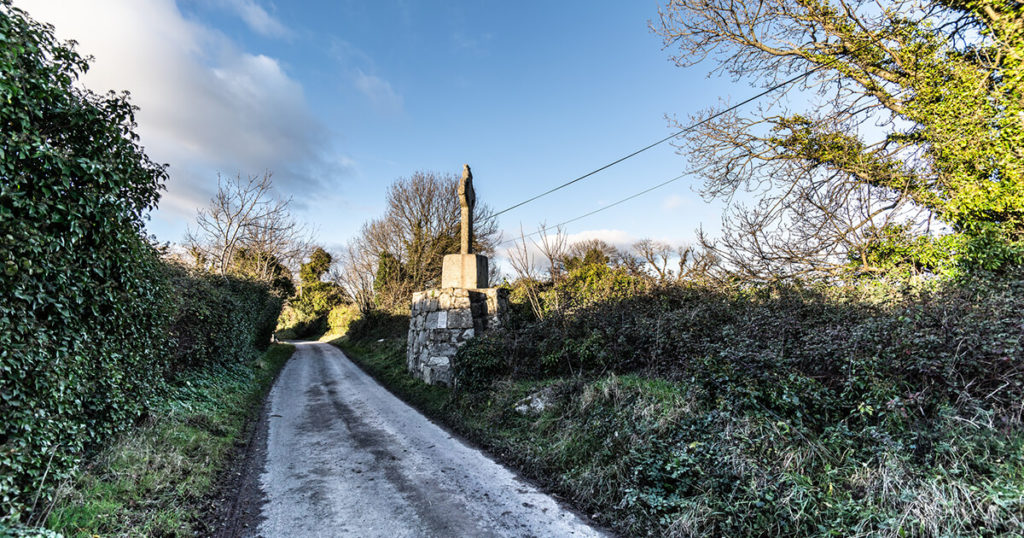
I’m familiar with the smell of freshly cut grass, but until my bike ride this morning, I’d never inhaled freshly cut hedgerow. The odor brought to mind a childhood memory of climbing out of a briar patch, holding up a lost Frisbee. Hedgerows are essentially giant brambles trained to grow upward. A massive tractor was doing the cutting, and the woody smell wafted for miles and miles beyond Cambridge. All around East Anglia, it seemed, the hedges were being trimmed. Only at my turnaround point did I see bushes still bearing big red and blue berries.
As I biked back, it dawned on me that hedgerows change color, just like trees. Many of them are trees—the cropped oaks and beeches turning yellow and orange. Their newly manicured appearance transformed the whole lane into an orderly autumn. The scene was nothing like the melee of fall in New England, that uproarious frontier. No, just mile after mile of hedges, freshly trimmed and sculpted.
On the last slight incline of my ride, I tried peering above the tops to find the steeples and spires ahead. I didn’t need to look so high, though, because the leaves were beginning to thin. Oddly enough, what I glimpsed were green fields—much greener than a few months ago. As the leaves fell, the winter wheat had sprouted, and now it was shining as a bright winter treat.
Reader’s Note: Every day for the next couple of weeks, we’ll be presenting new entries from “Along the River Cam.” Check here for the latest post.

